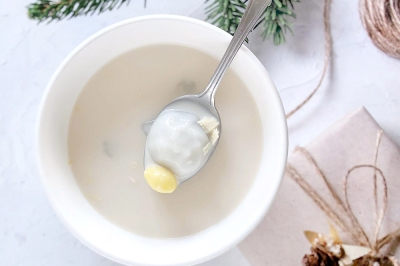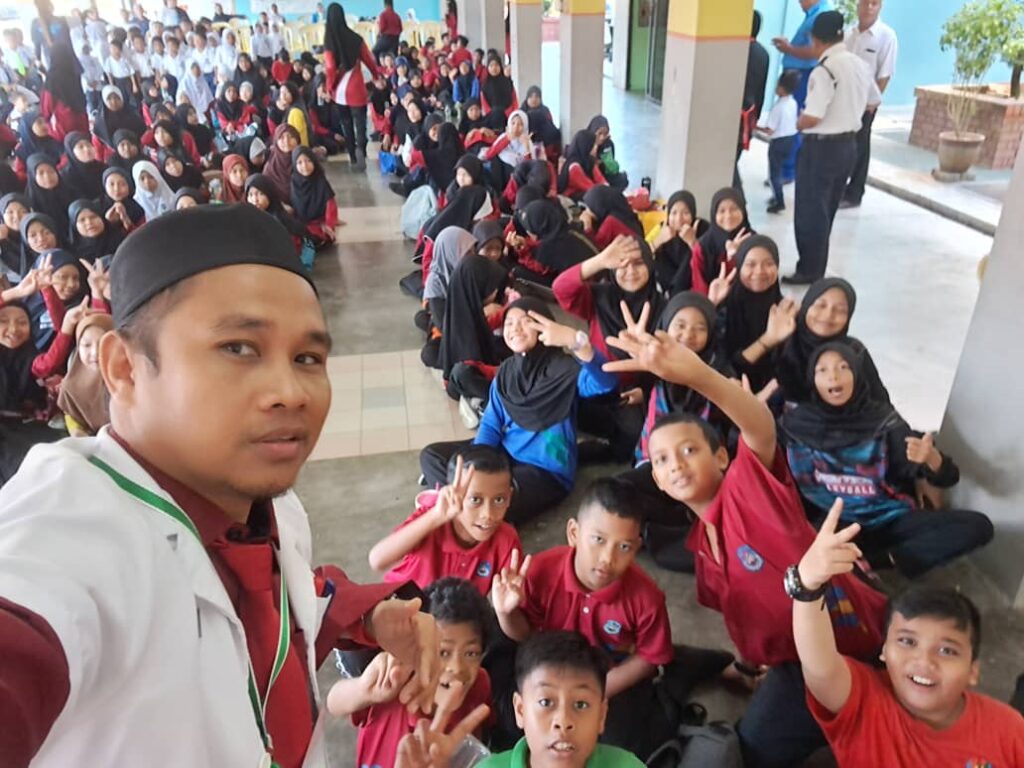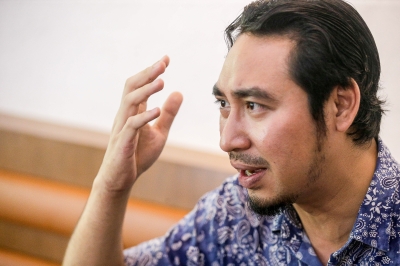COMMENTARY, Dec 21 — This looks like another bowl of homemade tong sui or Cantonese dessert soup. Hot soy milk, sun-kissed orbs of ginkgo… and round rice dumplings.
Sometimes it’s a clear ginger soup, sweetened with brown sugar. Sometimes it’s red bean soup or black sesame soup. Hung dau sui or zi ma wu.
Sometimes it’s a savoury broth, though that is increasingly rare. Sometimes even a mild rice wine made from fermented glutinous rice and scented with sweet osmanthus flowers.
What matters are the round rice dumplings. The tong yun.
Advertisement
As with everything Chinese, the sound (of its name) and the shape have double meanings. Tong yun is a homophone for togetherness; its round shape represents unity. Eat this and be harmonious.
We may eat this all year round, of course, but it means and matters more to eat tong yun during the Winter Solstice Festival or Dūngzi in Cantonese.
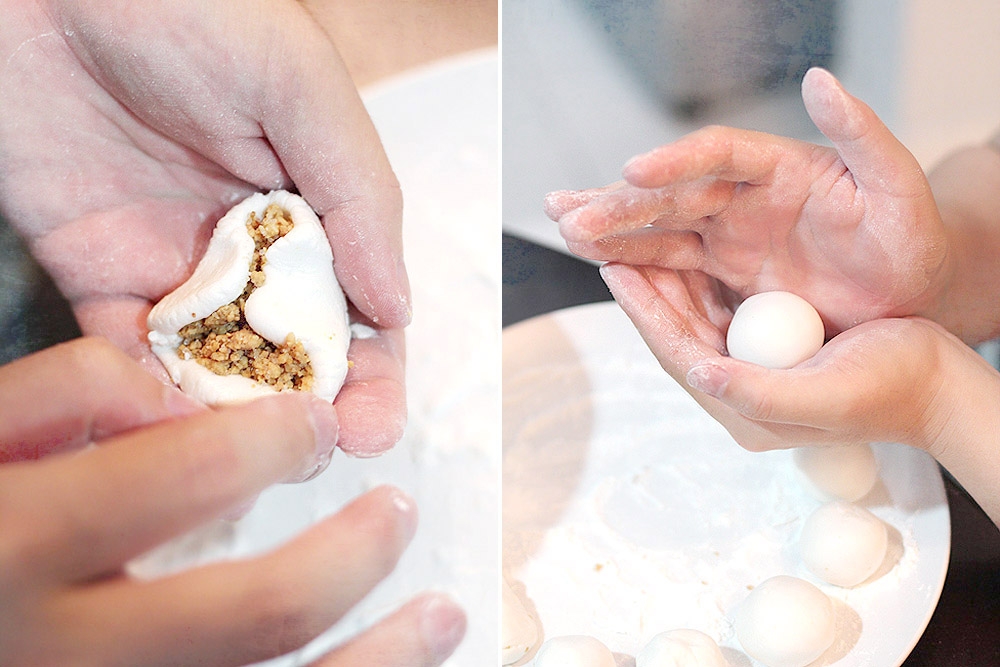
Making ‘tong yun’ by hand as a shared family activity.
Even before we enjoy these rice dumplings, the making of tong yun by hand is first and foremost a shared family activity. A time to catch up on news and gossip or just spend time together.
Advertisement
Some families make it a habit to gather at temples for prayers and making offerings to ancestors. Others stay at home and cook up a storm.
Given Dūngzi takes place during the harshest period of winter, it is also the perfect time for foods like hot stews and wantans. The latter simply because the round shape again, one supposes, but the former is truly warming.
From spicy hot pots to tonic stews made with medicinal herbs such as ginseng and cordyceps, the idea here is to keep the body warm. A stew of ginger duck would hit the spot.
Sui gao is another popular food eaten during the Winter Solstice Festival. The boiled dumplings evoke visions of steam rising and sweat dripping when there is only snow outside.
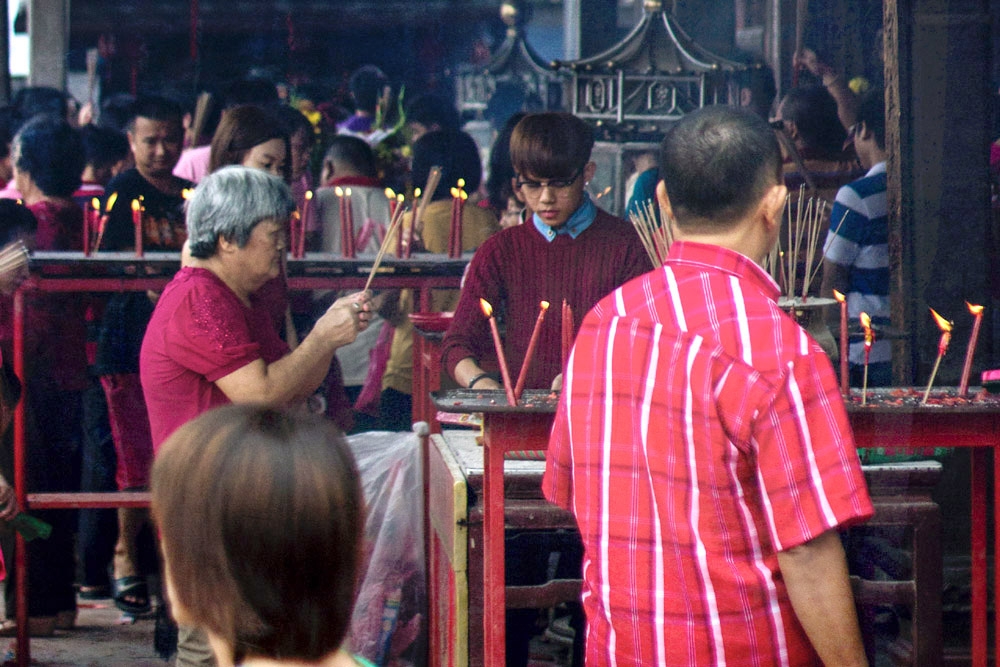
Families gather at temples for prayers and making offerings to ancestors.
But no winter food reminds me more of Dūngzi than tong yun.
My favourite memory of Dūngzi, a few years ago: A pair of glutinous rice dumplings, floating in clear ginger soup, spicy and sweet.
One tong yun was pale green, coloured with pandan leaf juice and filled with dessicated coconut. The other was snow white and as I bit into it, I discovered a heart of crushed peanuts.
Friends and family called and texted, wishing me a happy Dūngzi and asking me if I have eaten tong yun yet. I had, I answered, grateful for their care and their concern.
It was a time for spending time with our loved ones, after all. A time for reunions.
But this was during the pandemic. There were very few reunions.
One of my friends had sent me a Christmas greeting card from Taiwan. She had been on the island for the better part of two years already. It was her home now and she loved her life in Taipei but not being able to travel, especially during the Yuletide season, was hard.
Other friends told me similar stories, many an iteration of “I haven’t seen my family since the pandemic started.”
I listened. I read and replied to postcards, emails and letters. We all want to be heard, to be understood, even when we are separated by thousands of miles. Even when we haven’t seen each other in months or years.
This, too, shall pass, I murmured, repeating old advice given to me a lifetime ago now, surely. We will meet again, catch up on old times, both good and bad, remember adventures or embark on new ones.
It won’t always be the longest night.
I was at a café during Dūngzi a year later, when life had returned to normal, more or less. The barista invited me to have a bowl of tong yun after I had finished my coffee. They had made it in the kitchen for staff but they always made extra for regular customers.
An unexpected bowl of tong yun can be a tiny adventure; you wonder if the rice dumplings are plain or have fillings such as black sesame paste and crushed peanuts.
It’s a happy surprise, whatever it turns out to be, for what matters is that someone is thinking of you and wants you to know you’re not alone on a day for being together, that you are their family too.
Why do we eat tong yun and other warming foods during the Winter Solstice Festival, even when we live in places where winter never comes?
Yes, partly it is because of traditions but something else must explain the longevity of this practice, of honouring Dūngzi.
As I chewed the rice dumplings, savouring its filling of crushed peanuts, I thought of how food and food experiences can move us so deeply, especially when shared.
Just as the making of these foods is a shared activity, so is the actual eating. No one eats alone on the Winter Solstice. This is a time to be with those you love.
Eat this and be harmonious. Eat this and stay together. Strengthen your bonds. Grow as a family, generation after generation. Have your dreams come true, and descendants too.
Eat this and always have each other.
For more slice-of-life stories, visit lifeforbeginners.com.
* Follow us on Instagram @eatdrinkmm for more food gems


